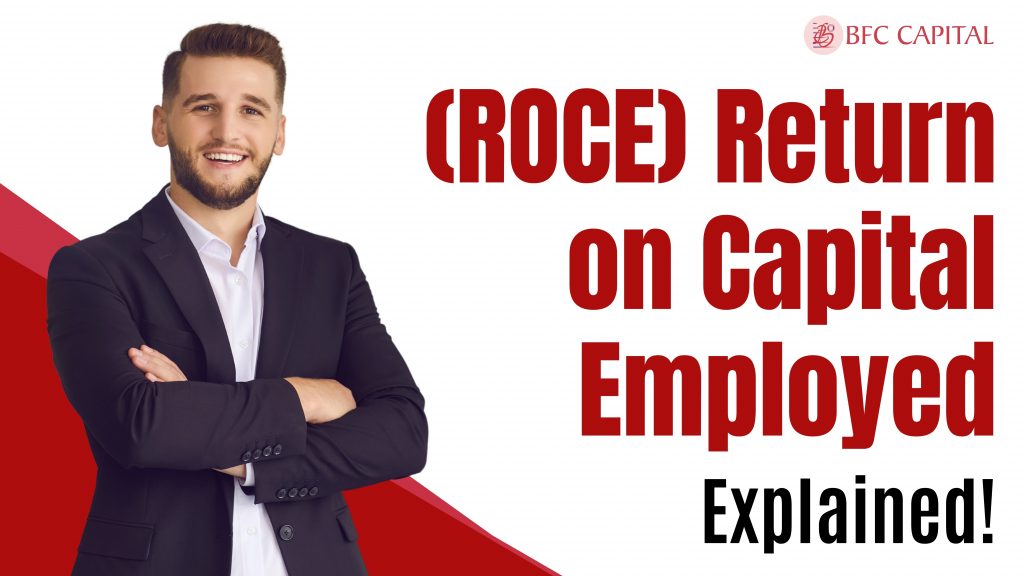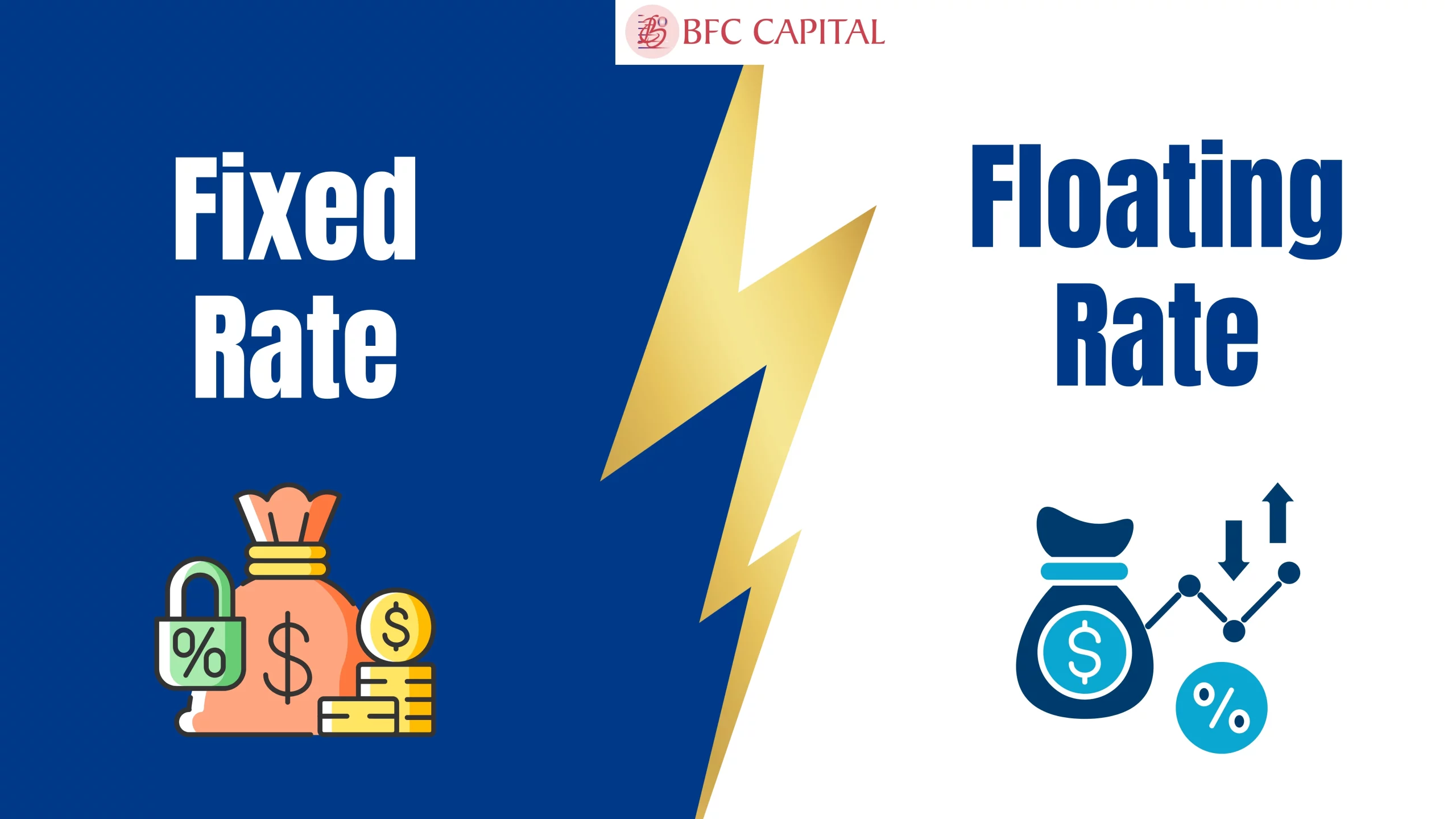
Ever wondered if you could efficiently measure how a company uses its capital to generate profits? Also, how do various investors and analysts analyse whether a business is truly worth investing in and uses their financial resources efficiently? Return on Capital Employed (ROCE) is an important financial measurement criterion that provides in-depth information into a company’s profitability and efficiency. ROCE answers your question that you were wondering about: Is the company generating enough returns from its capital employed? Knowing about this measurement can offer valuable insights into a company’s financial health and operational performance.
What is the Return on Capital Employed (ROCE)?
Return On Capital Employed (ROCE), being a profitability ratio, accurately presents the ability of a company to make profits using the capital employed. The return on capital employed is viewed as the best profitability ratio and it is preferred by most investors while selecting whether the particular enterprise is appropriate to invest in or not.
Formula: ROCE = EBIT / Capital Employed
Where ROCE is Return on Capital Employed,
EBIT is earnings before interest rate and tax payments
Capital employed is total assets minus current liabilities
Example:
Let us understand the application of the ROCE formula with an example:
Assume that:
The profitability of company PYQ, in terms of EBIT, has stood at Rs. 300 crores in a financial year.
In the same year, company XYZ earned a profit of Rs. 200 crores in terms of EBIT.
Some might consider that company PYQ, is a better investment because it has a higher EBIT. However, this does not mean that this is the right interpretation when it comes to the profitability of the company. It is important to understand these figures correctly and to analyse the ROCE of both of these companies.
Using the same example, let’s assume that:
The total assets of company PYQ are Rs. 1,000 crores
The total capital employed/invested by the Company XYZ as per its balance sheet is Rs. 600 crores.
ROCE of company PYQ = (EBIT / Capital Employed)= (300/1000) = 30%
Thus, the ROCE of company XYZ is ROCE = 200/600 =33.33%.
The ROCE formula shows us that returns for company PYQ stand at 30% while company XYZ stands at 33.33%. Therefore, another proof with the help of ROCE is that company XYZ seems to be a more profitable investment as compared with company PYQ.
How to use and interpret ROCE?
Here is how investors and stakeholders can interpret ROCE results:
A comparatively higher ROCE signifies that companies have best been in a position to capitalise their capital more conveniently.
- This is why the use of the ROCE ratio as compared to other ratios, that only show the profitability of a company, comes in handy when comparing the companies operating in capital-intensive businesses such as the telecom and power industries. ROCE provides a thorough understanding of how well a business uses its entire capital to generate profit by taking into account both equity and debt funding. Because these sectors require large capital expenditures for infrastructure and financing, this is crucial.
- For example, if a company’s ROCE has been constant for the last five years, it is considered to have a good performance. However, a stable ROCE over a five-year period can suggest consistent performance, but it’s not a guarantee of excellent performance. Generally, investors focus on such companies, which depict only an upward trend in ROCE as compared to the companies that depict a volatile movement of ROCE.
- For the investors, it may be pertinent to mention that comparisons based solely on the resultant values of the ROCE of the two firms may not provide an adequate picture of the performance of the company in question. They have to look at other factors that form the basic components of fundamental as well as technical analysis.
ROCE Importance and Limitations
To manage a portfolio that involves stocks and other similar investments, one should have basic knowledge of markets and terminologies related to it. However, one should also research the companies on fundamentally and technically to gain proficiency in identifying the right stock for investment.
Importance
- It assists in determining the efficiency of the institutional investor in producing revenues from the invested capital.
- ROCE can be used to benchmark with other companies in the same industry to identify whether a specific company is more or less efficient than its rivals.
- It is especially useful in making investment decisions and assessing the general financial position of the firm.
- ROCE is useful for measuring the efficiency in generating profits from value additions in capital of the company. Therefore it is applied by investors as a benchmark to categorize investment and also develop investment frameworks.
- It can be applied when comparing different companies that have different capital structures. Therefore, it can be a beneficial tool for companies when it comes to peer comparison.
Limitations
- It fails to take effect of the company’s capital structure i.e composition of debt and equity.
- ROCE is one of the many financial ratios that can be easily influenced by standard-setting frauds.
- Various organisations may calculate invested capital in various ways hence they do not yield similar results.
Wrapping Up
Return on Capital Employed (ROCE) is an important financial measurement criterion for analysing a company’s capacity to generate profits from the capital employed. It strikes a balance for both investors and management to invest in a company by providing a clear view of how effectively a business is using its capital. Thinking about how a high ROCE indicates a company’s performance? And how it affects your investment decisions. Just look at the information mentioned above by understanding ROCE in a detailed way, this will help you to make informed decisions related to financial aspects.
Please share your thoughts on this post by leaving a reply in the comments section.
Also, check out our recent post on: “Understanding Treasury Bills (T-Bills): Safe, Short-Term Investments“
To learn more about mutual funds, contact us via Phone, WhatsApp, Email, or visit our Website. Additionally, you can download the Prodigy Pro app to start investing today!
Disclaimer – This article is for educational purposes only and by no means intends to substitute expert guidance. Mutual fund investments are subject to market risks. Please read the scheme related document carefully before investing.








Name: Comparing Mutual Funds and ETFs: Which Investment Is Better? - BFC Capital- Blogs : All Financial Solutions for Growing Your Wealth
says:[…] Also, check out our recent post on: “What is Return on Capital Employed (ROCE)“ […]